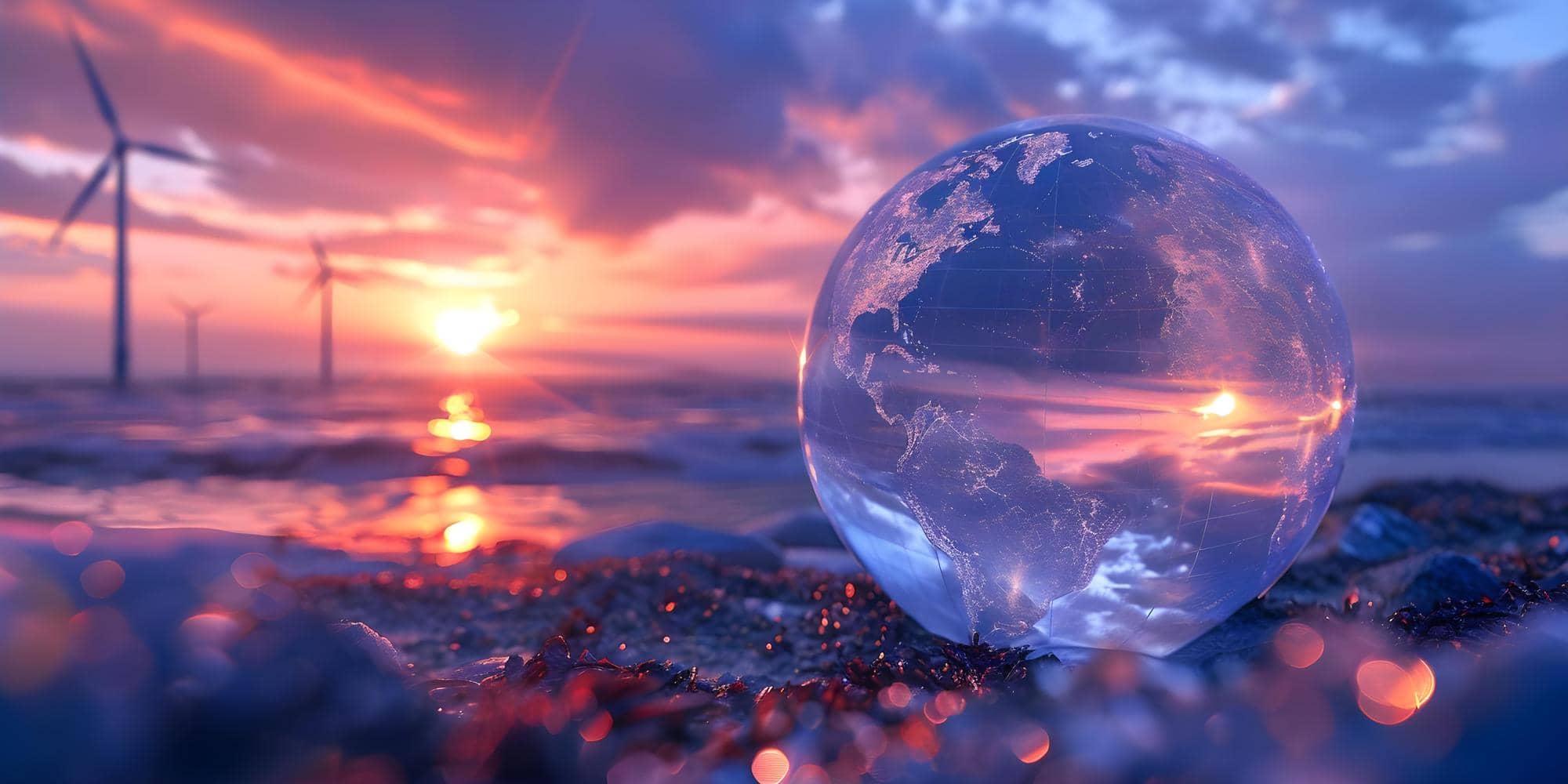
Exploring the Fascinating World of Bioluminescence
Have you ever wondered why some organisms glow in the dark? This incredible phenomenon, known as bioluminescence, is one of nature’s most fascinating spectacles. Bioluminescence occurs when living organisms produce light through a chemical reaction within their bodies. This ability is found in various species, including certain types of jellyfish, fireflies, fungi, and deep-sea creatures.
How Bioluminescence Works
The light produced by bioluminescent organisms results from a chemical reaction involving a light-emitting molecule called luciferin and an enzyme called luciferase. When luciferin reacts with oxygen, catalyzed by luciferase, light is produced. This reaction is highly efficient, generating very little heat, which is why bioluminescent organisms can glow without burning themselves.
Why Do Organisms Bioluminesce?
Bioluminescence serves several purposes in the animal kingdom:
Attracting Mates: Many bioluminescent organisms, such as fireflies, use their glow to attract potential mates. Each species has a unique pattern of light flashes that helps them find and identify each other.
Camouflage: In the deep sea, certain fish use bioluminescence to blend in with the faint light filtering from above, making them less visible to predators.
Luring Prey: Predatory organisms like the anglerfish use bioluminescence to attract unsuspecting prey close enough to capture.
Defense Mechanism: Some species, such as certain types of squid, emit a cloud of glowing ink to confuse predators and make a quick escape.
Bioluminescence in Nature
One of the most spectacular displays of bioluminescence can be seen in the ocean. Many marine organisms, from tiny plankton to large fish, exhibit bioluminescence. For instance, in some parts of the world, you can witness the mesmerizing sight of glowing waves caused by bioluminescent plankton. These “phosphorescent bays” are popular tourist attractions, offering a magical experience of nature’s light show.
How Bioluminescence Works
The light produced by bioluminescent organisms results from a chemical reaction involving a light-emitting molecule called luciferin and an enzyme called luciferase. When luciferin reacts with oxygen, catalyzed by luciferase, light is produced. This reaction is highly efficient, generating very little heat, which is why bioluminescent organisms can glow without burning themselves.
Why Do Organisms Bioluminesce?
Bioluminescence serves several purposes in the animal kingdom:
Attracting Mates: Many bioluminescent organisms, such as fireflies, use their glow to attract potential mates. Each species has a unique pattern of light flashes that helps them find and identify each other.
Camouflage: In the deep sea, certain fish use bioluminescence to blend in with the faint light filtering from above, making them less visible to predators.
Luring Prey: Predatory organisms like the anglerfish use bioluminescence to attract unsuspecting prey close enough to capture.
Defense Mechanism: Some species, such as certain types of squid, emit a cloud of glowing ink to confuse predators and make a quick escape.
Bioluminescence in Nature
One of the most spectacular displays of bioluminescence can be seen in the ocean. Many marine organisms, from tiny plankton to large fish, exhibit bioluminescence. For instance, in some parts of the world, you can witness the mesmerizing sight of glowing waves caused by bioluminescent plankton. These “phosphorescent bays” are popular tourist attractions, offering a magical experience of nature’s light show.
Footer Example





































